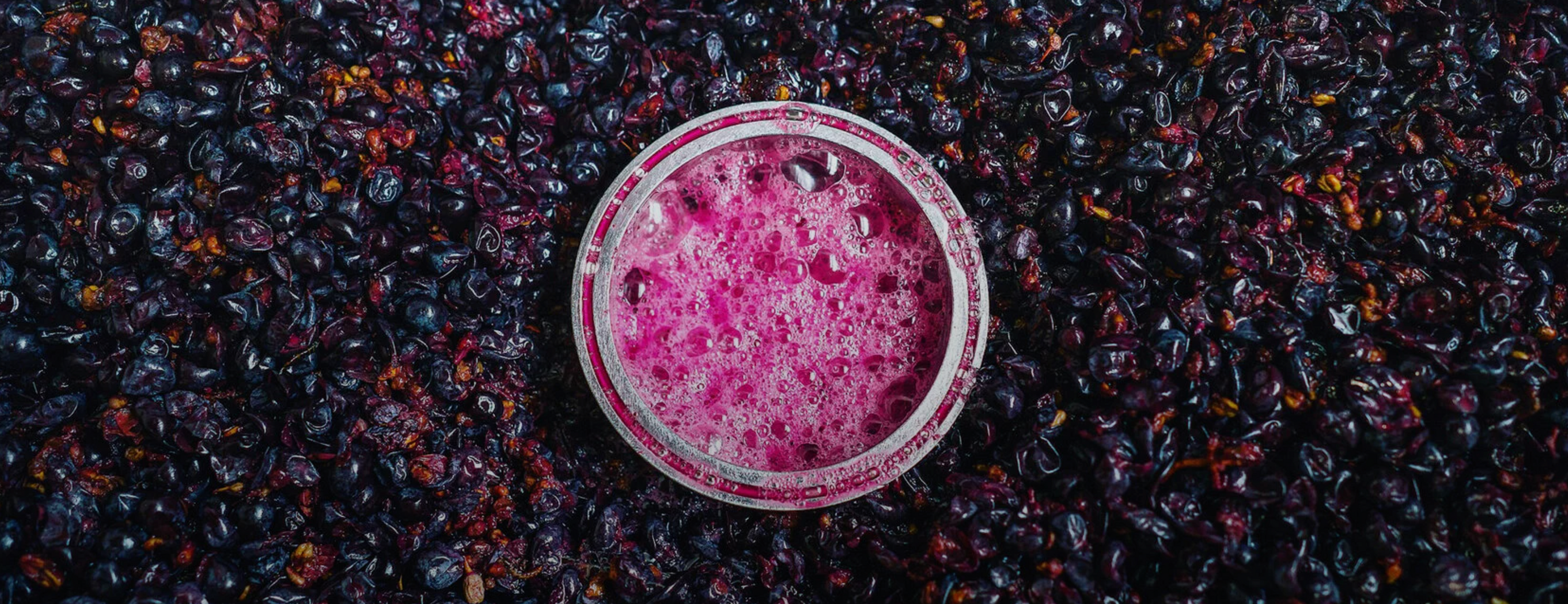Your basket is empty
Already have an account? Log in to check out faster.
Already have an account? Log in to check out faster.
Tbilvino captures a storied role in the modern history of Georgian wine. Founded in 1963, Tbilvino was for decades the focal point of Georgia’s wine industry during the Soviet Era, a time during which winemaking was centralized under the government and quantity was valued above quality.
“Tbilvino was indeed the backbone of the Georgian wine industry. It is just that it was the backbone of an organism that suffered from chronic malnutrition and hobbling around on crutches,” says Zurab Margvelashvili, who following a winemaking internship in California, purchased a minority share in Tbilvino with his brother George in 1991. With the fall of the Soviet Union, the Margvelashvili brothers were determined to resuscitate Tbilvino and the Georgian wine industry, whose national vineyard hectarage had shrunk nearly 40% in the 1980s.
With a renewed focus on quality and Georgia’s ancient viticultural roots, Zurab and George fully acquired the rest of Tbilvino in 1999. They sold off the old lots of wine aging in the Tbilvino cellars they inherited and set out with their grape grower partners to revitalize the vineyards. Reinvesting in top fruit, the Margvelashvilis were determined to maximize the potential of Tbilvino.
The winery today echoes the brothers’ respect for Georgia’s oldest winegrowing traditions alongside their contemporary spirit. While dedicated to indigenous Georgian grape varieties like Rkatsiteli, Mtsvane, and Saperavi, Tbilvino offers both traditional and modern examples of these wines. The winery releases myriad beautiful qvevri-aged wines, but they have also adopted present technologies to deliver new and precise expressions of these grapes.
Georgia celebrates potentially the world’s oldest tradition of winemaking, with archaeological evidence of viniculture dating back at least 8,000 years. It is around this portion of the Caucasus, between Georgia, Armenia, and Eastern Turkey, that Vitis vinifera, the grape species the comprises nearly all fine wine varieties, originates.
Upon visiting the country in the 1850s, French novelist Alexandre Dumas wrote in his Adventures in Caucasia, “Georgian wine is like the blood of the country; it is pure and healthy, it nourishes and invigorates. It is the pride of every Georgian.”
While the people of Georgia have stewarded their national and ancient winegrowing practices for millennia, the country has enjoyed a bit of a recent renaissance on the global wine stage, as consumers rediscover the magic of these terroirs and traditions. Orange wine or amber wine has been vinified in Georgia for thousands of years, historically fermented and aged in qvevri—massive clay amphorae coated with beeswax and buried into the earth.
At the country’s eastern edge, Kakheti is Georgia’s largest and most important winegrowing region, comprising roughly three-quarters of total wine production. The Mukuzani appellation is found in Kakheti’s Gurjaani district, harvested between the villages of Kakhipari and Bakurtsikhe. The region was once part of the large estate owned by the royal Chavchavadze family. As such, Mukuzani wines have long been poured and prized at the royal courts of Europe, and later were much sought after during the Soviet regime.
A very hot region, with many vineyards planted at elevation on the slopes of Gombori Mountain, Mukuzani yields some of the biggest, richest expressions of Georgian red wine, all coming from Saperavi. The wines benefit from extended years in barrel and bottle before optimal enjoyment.

